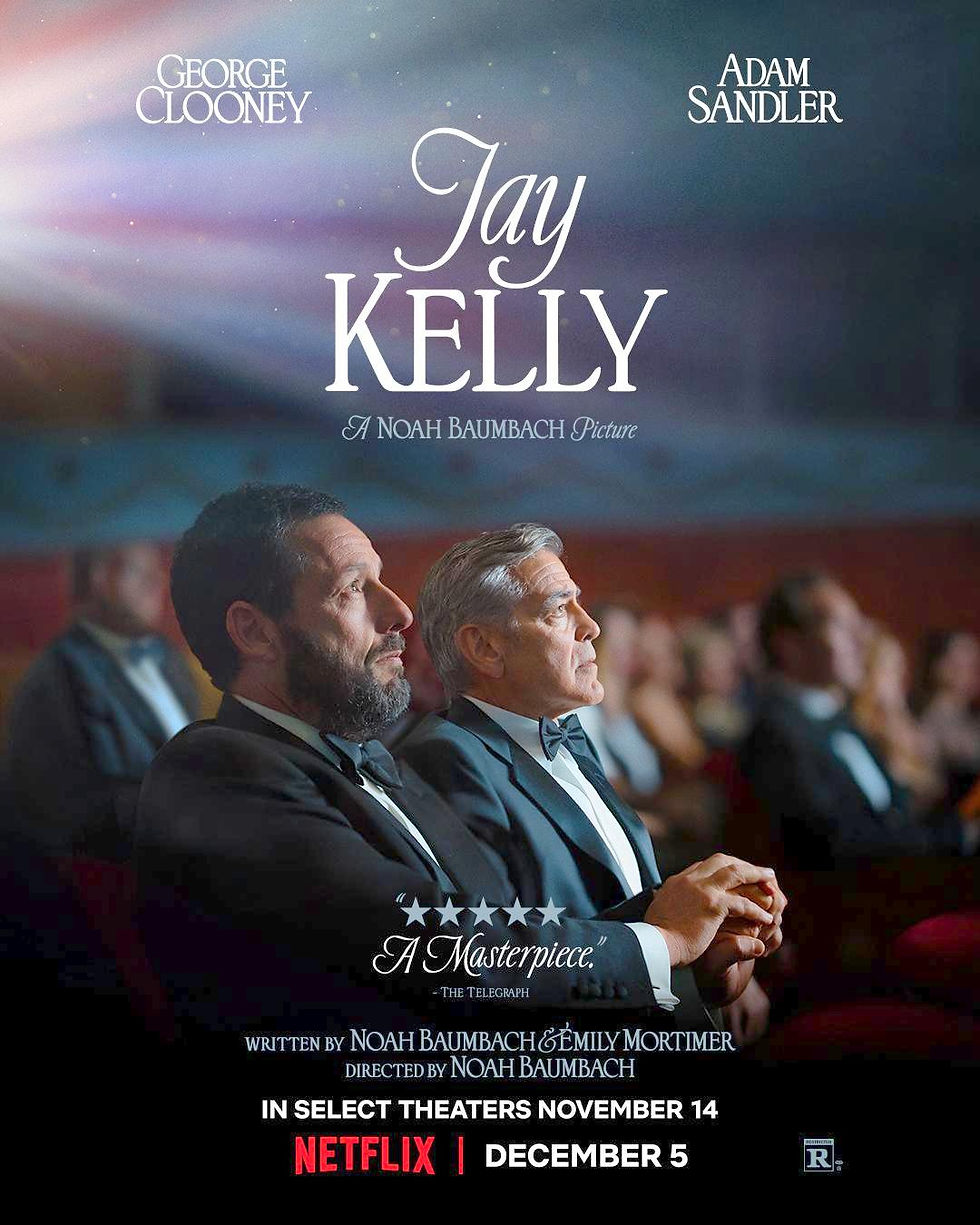Portrait of a Lady on Fire ★★★1/2
- 2filmcritics

- Feb 21, 2020
- 3 min read
Updated: May 26, 2020
Available: Streaming on Hulu and rental and purchase Amazon Video and elsewhere, per JustWatch here.
Portrait of two women on fire
American audiences may stay away from “Portrait of a Lady on Fire” because it’s so French: slow-paced, quiet, subtle, restrained, thoughtful (even intellectual), and all about women relating to women (the few men in the film are of no consequence, and one says only “bonjour”).
That would be a shame, because this is a beautiful and compelling love story, impeccably crafted and narrated, exquisitely acted.
“Portrait of a Lady on Fire” takes place almost entirely on a high-cliffed island off the coast of Brittany in the late 18th century, before the invention of photography, where Héloïse (Adèle Haenel) lives with her mother (La Comtesse, Valeria Golino) and their maid, Sophie (Luàna Bajrami). To Héloïse’s sorrow, because she has no real options (a reminder of “Little Women,” 2019), her mother has taken her from a convent and arranged for her to be married to an Italian who lives in Milan, where the couple would reside.
Héloïse’s marriage depends on the suitor’s evaluation and approval of a painted portrait of her. One painter has failed—because Héloïse refuses to pose—and a second, this time a woman, Marianne (Noémie Merlant), is brought to the island, in the guise of a walking companion whose status as an artist is for a time withheld from Héloïse.
It’s more than an hour into the film before Héloïse smiles, and even longer for her to laugh.
It’s more than an hour into the film before Héloïse smiles, and even longer for her to laugh. Director and screenwriter Céline Sciamma, whose script won the screenwriting award at Cannes, said she needed patience to resist the temptation to have Héloïse smile in earlier scenes. Here and elsewhere, the spare script is smart and witty. When Marianne confesses to the young maid that Héloïse never laughs, Sophie replies, “have you tried being funny?” And later, when the first of Marianne’s portraits is revealed and Héloïse is (justifiably) critical, Marianne says “I didn’t know you were an art critic,” to which Héloïse responds with a double-edged line, “I didn’t know you were a painter.”
Sciamma's screenplay was constructed to avoid the conflict/love arc that has been at the center of Hollywood love stories.
As this exchange reveals, there are tensions in the relationship, especially because Marianne’s work is designed to facilitate a marriage that Héloïse doesn’t want. In contrast to Héloïse, Marianne has her profession, will inherit her father’s painting practice and can choose not to marry. But Sciamma rightly insists that her screenplay was constructed to avoid the conflict/love arc that has been at the center of Hollywood love stories since Tracy and Hepburn argued their way to romance. “Film is ideas,” Sciamma notes, and you’ve got to stick to them.
How then, do Héloïse and Marianne fall in love, if not through conflict and its sublimation? Theorists of the “gaze” (assuming they still exist) will be heartened to know that our protagonists deepen their relationship by looking at each other. We’ll leave it to these theorists to decipher the details, but for Sciamma it’s less about who’s looking at whom than about rhythm—about when, and how. Audiences will be looking too—at two very different women: thin-faced Marianne, with her small bones and huge, dark eyes; and complementary Héloïse, large-featured, blonde and blue-eyed, simmering with sensuality and interiority.
Because there’s no obvious future for this same-sex couple, love is made and maintained and re-experienced through memory: a drawing in a book; a metaphorical reading/interpretation of the story of Orpheus and Eurydice; the music of Vivaldi in a final scene—one of the few uses of music in the film—that emotionally evokes for Héloïse a moment from their shared past.
The script - awarded Best Screenplay at Cannes - eschews heavy-handed moralizing and unnecessary detail.
The film’s excursions into feminism and class produce uneven results. On the one hand, the cross-class and all-female friendship that develops with Sophie when La Comtesse leaves the house—and when Sophie becomes pregnant—seems comfortable and natural, and it’s accomplished through a script that avoids heavy-handed moralizing and unnecessary detail. On the other hand, an evening on the beach with the wives of Brittany, who sing folks songs to intricate, hand-clapping rhythms and complex harmonies, while atmospheric and mesmerizing, takes the notion of female solidarity a trifle too far. Perhaps it was necessary—after all, the lady’s got to be set on fire.
Date: 2019 (like “Parasite" [2019], distributed by Neon)
Director: Céline Sciamma
Starring: Adèle Haenel, Noémie Merlant, Valeria Golino, Luàna Bajrami.
Language: French, Italian; subtitled in English.
Runtime: 121 minutes




Comments